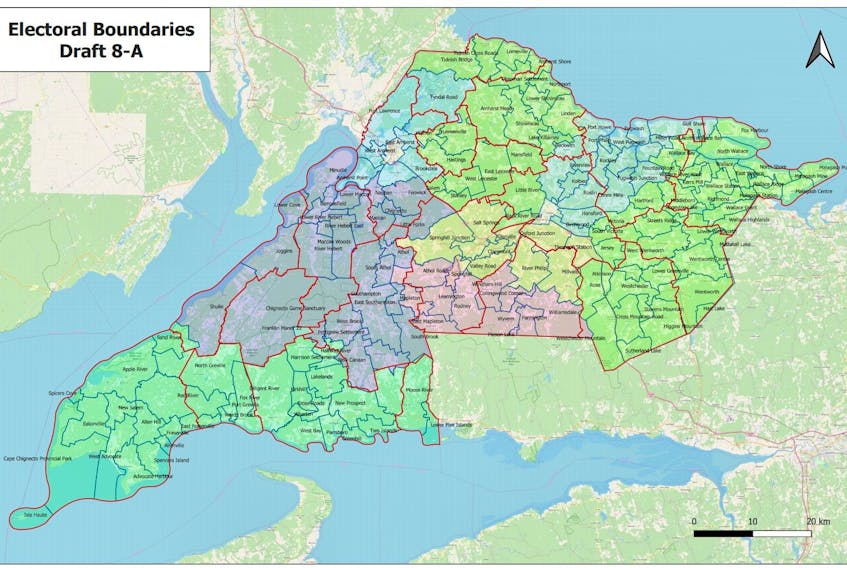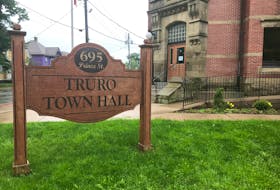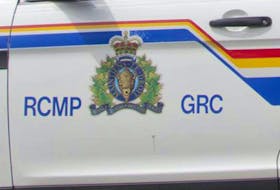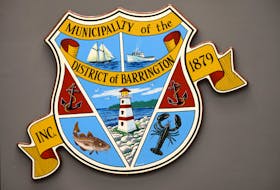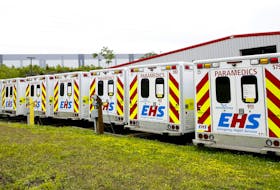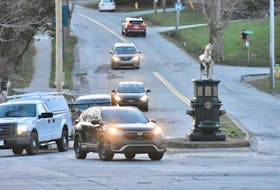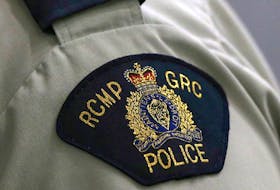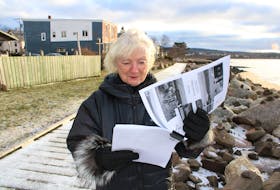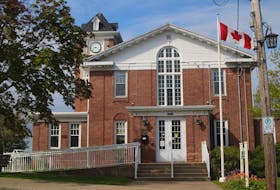UPPER NAPPAN, N.S. — Cumberland County’s electoral map is going to look a lot different next October.
Members of Cumberland municipal council were presented with four options for proposed electoral boundaries during a special committee of the whole meeting on Wednesday night. Two were discarded and the remaining two will be brought to next week’s regular council meeting to decide.
“It’s not an easy process,” planner Nelson Bezanson said following the meeting. “We looked at two main factors, one was keeping the number of voters within plus or minus 10 per cent of the average number of voters (1,692) and we secondly we tried as hard as we could to group communities of interest together.”
No matter what council decides, the map will look much different next October and voters could find themselves in completely different districts and voting for someone other than who appeared on the ballot the last time they voted in 2016.

Council recently accepted the recommendation from Bezanson and Will Balser to reduce its size from the present 13 to eight.
During the last election, following the dissolution of both the towns of Springhill and Parrsboro, the municipality was allowed by the Nova Scotia Utility and Review Board to have 13 districts with Springhill maintaining two representatives and Parrsboro one.
Under both scenarios council agreed to move forward to next Wednesday both former towns will no longer have their own municipal councillor. In Parrsboro, where Norman Rafuse was elected in 2016, it will become part of a district that runs along the Fundy Shore to Advocate Harbour.
Springhill will be divided in half, as it is now, with one side including areas such as Springhill Junction, Little Forks and Fenwick and the other including part of the former town as well as Rodney, Leamington, Athol, Collingwood and Williamsdale.
A large part of the district presently held by Deputy Warden Ernest Gilbert would be joined into District 9 that’s held by Mike McLellan and include Southampton, River Hebert, Joggins and Nappan.
Upon questioning from several council members, Bezanson said the former towns could not maintain their own representative because in both cases it would fall well outside the variance permitted by the utility and review board. It would also mean surrounding districts would also be well below the variance permitted – especially in areas where there has been rapid population declde – up to 25 per cent – in the areas including River Hebert, Joggins, Southampton and in the Advocate Harbour area.
The area around Amherst would maintain a district while areas such as Fenwick, Salem and Hastings – that are now part of District 2 – would be merged with the former District 8 and 9 as well as District 3.
The area that’s presently District 3 would remain along the Northumberland Strait, while the Pugwash area would remain a district and the Wallace and Malagash areas, represented by Coun. Lynne Welton, would be grouped in with Wentworth and Westchester, represented by Coun. Barb Palmer.
Once council selects which option it prefers, the documentation will be forwarded to the utility and review board prior to the Dec. 31 deadline. Bezanson expects the utility and review board will hold public hearings in February or March as part of its study and make a decision in time for the 2020 municipal elections in October.

